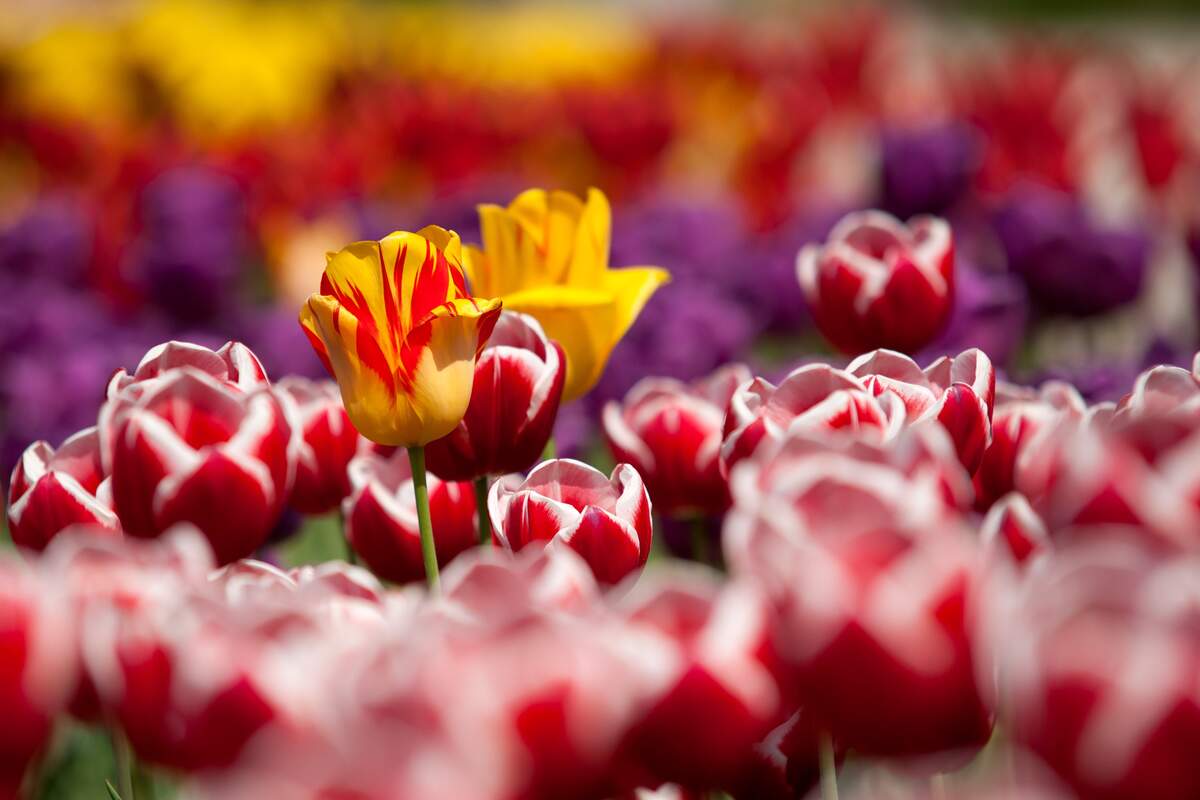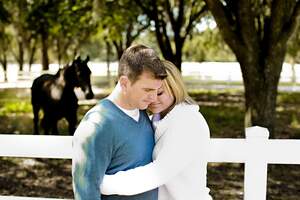

May Day
May Day is a spring holiday in many cultures, and a national holiday in many European countries. It stemmed from ancient celebrations which included Floralia, a Roman festival honoring the flower goddess Flora; Walpurgis Night, which was celebrated by Germanic countries; Beltane, a Gaelic holiday; and Anthesteria, a Greek festival. In some European pagan cultures, it was seen as the first day of summer, while the summer solstice was celebrated as Midsummer. Celebrants would get up early and gather flowers and branches to decorate their houses with.
As Europe became more Christianized, May Day became more of a secular celebration. It eventually spread to North America as well. Celebrations have included dancing around a maypole and crowning a May Queen. Many towns in the United Kingdom still crown a May Queen. The making of May garlands was done, and some still do this today. Traditionally, children would go door to door and beg while wearing the garlands. Many people also washed their faces with May dew, believing that doing so would bring back beauty. For a time, the giving of May baskets was popular. These small baskets of flowers or sweets were left anonymously on the doorsteps of neighbors, and then the doorbell was rung and the giver would run away. This has been done less and less since the late twentieth century.
In Hawaii, May Day is known as Lei Day. In the late nineteenth century, Socialists and Communists chose May Day for International Workers' Day, a day to commemorate the Haymarket affair. That holiday is also often called May Day, but it is different from the traditional May Day.
How to Observe May Day
Celebrate the day by making flower garlands. You could also make some May Day baskets and leave them on your neighbors' steps. Dancing, singing, and cake have all been parts of the day in the past, so you could enjoy these things as well.





















